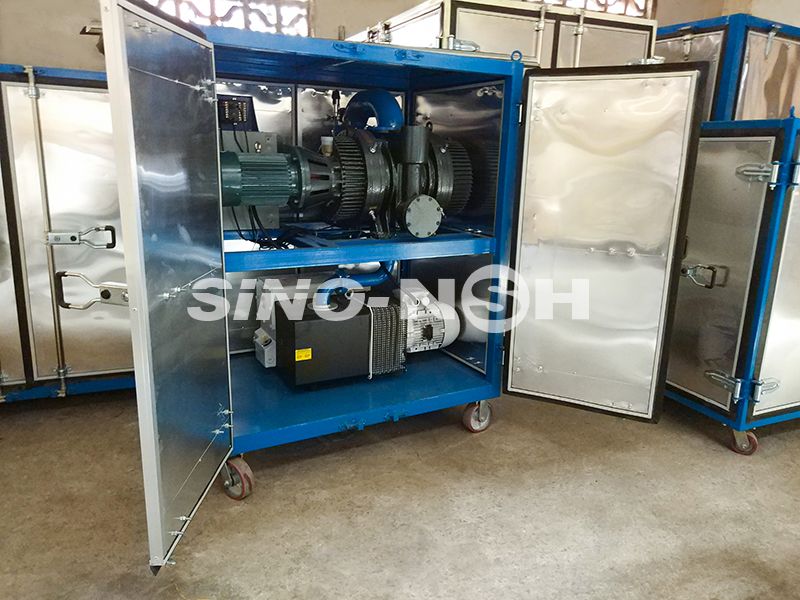E-mail seo@sino-purification.com

Time:2024-11-19 11:23:41 Reading volume:
Operating an oil purifier involves a series of essential steps to ensure efficient purification and safe handling of the equipment. Here is a general guide to the operation:
1. Preparation and Inspection
- Review the Manual: Familiarize yourself with the specific oil purifier model by reading the user manual and following any specific safety instructions.
- Check the Machine: Inspect the hoses, electrical connections, and filter elements for any visible damage or wear.
- Oil Sample Testing (optional): Take a sample of the oil for contamination analysis. This helps in setting appropriate purifier parameters and evaluating the results post-purification.
2. System Setup and Connections
- Connect Inlet and Outlet Hoses: Attach the inlet and outlet hoses to the purifier and the oil reservoir or system requiring purification. Ensure the hoses are securely connected to avoid leaks during operation.
- Check Flow Rate and Temperature: Adjust the machine’s flow rate and temperature settings according to the oil type and contamination level. Some systems are designed to preheat the oil to improve the separation of contaminants, particularly water.
3. Power Up and Start the Purifier
- Turn On the Machine: Start the purifier and allow it to warm up if it has a heating component. Heating can enhance the effectiveness of filtration, especially in removing water.
- Begin Filtration: Initiate the purification process, monitoring the pressure and temperature gauges. Many systems have adjustable flow rates that can be modified depending on oil viscosity and contamination.
4. Monitoring the Purification Process
- Observe Pressure Gauges: Watch for any unusual pressure increases, which may indicate clogged filters or other issues.
- Water Separation: If the purifier includes a water separation stage (like a vacuum or centrifugal separator), check that it is functioning correctly.
- Filter Condition: Depending on the purifier design, filter elements may need periodic inspection and replacement if the pressure indicates a blockage.
5. Shutting Down the Purifier
- Turn Off the Machine: Power down the purifier once the oil has reached the desired cleanliness level.
- Disconnect Hoses Carefully: Safely detach hoses, keeping a spill tray handy to manage any residual oil.
- Filter Maintenance: Clean or replace the filters based on usage, contamination level, and machine recommendations.
6. Post-Operation and Record-Keeping
- Oil Quality Check: Take a final sample to confirm that the oil meets the necessary cleanliness standards.
- Log Operational Data: Record details of the purification process, including any maintenance performed and the condition of filters, which can help track performance and schedule future maintenance.
7. Regular Maintenance
- Maintain the oil purifier according to manufacturer guidelines, including cleaning or replacing filters, inspecting hoses, and calibrating gauges for accuracy. Routine maintenance is essential for ensuring reliable operation and extending the equipment’s life.
These steps provide a structured approach to operating an oil purifier safely and effectively. Always refer to the specific manual for your purifier model to address any unique features or procedures.
